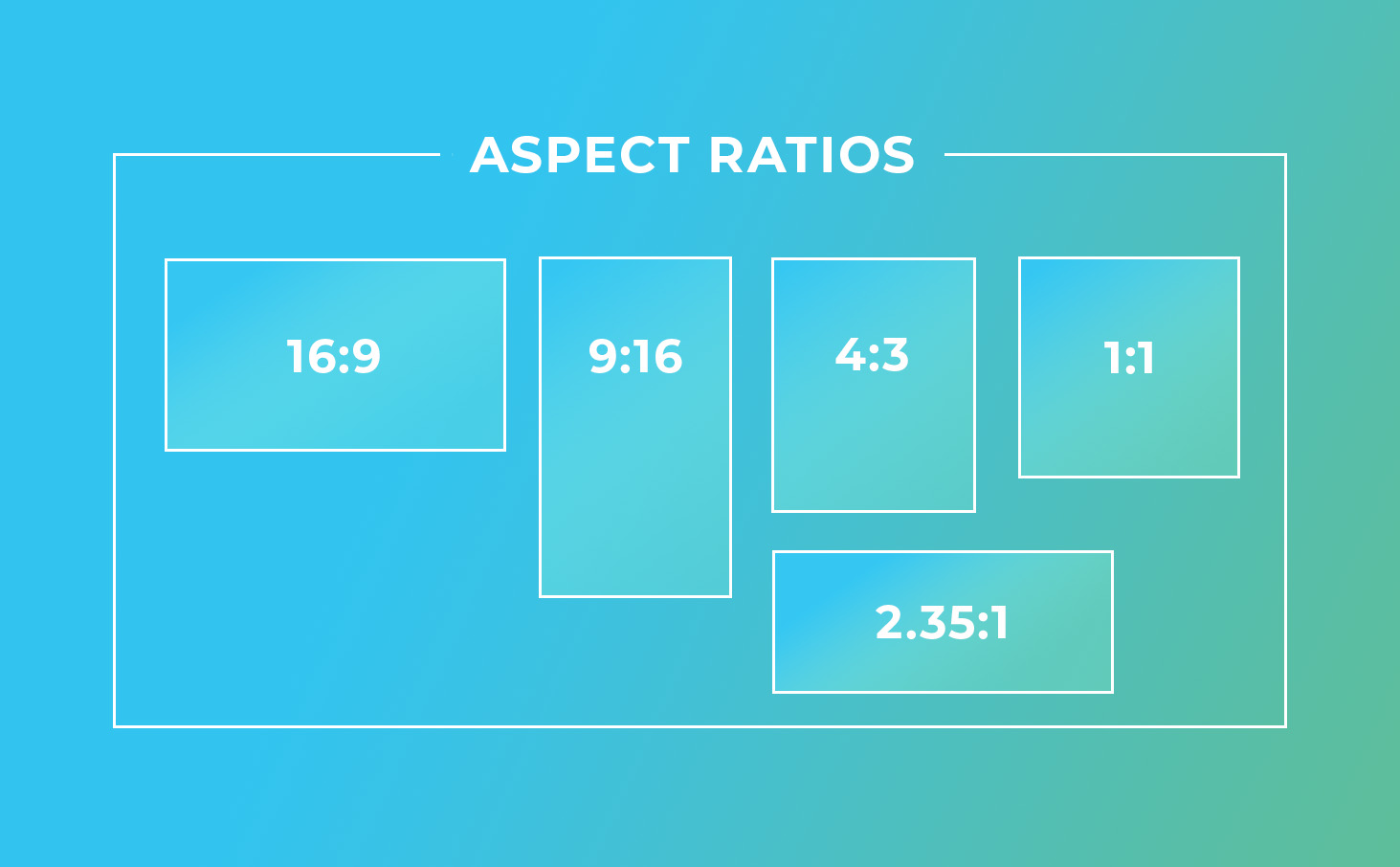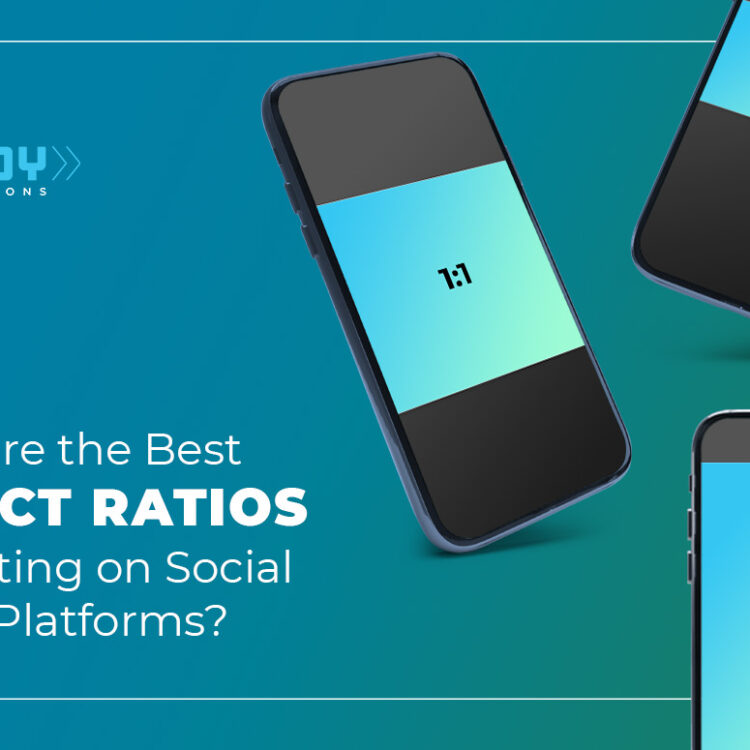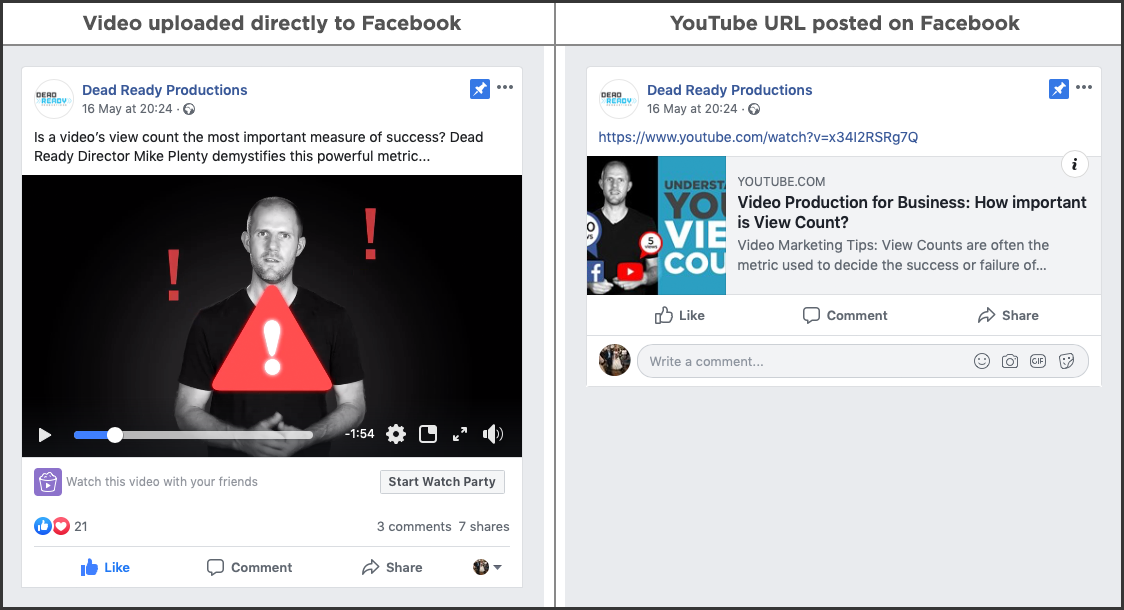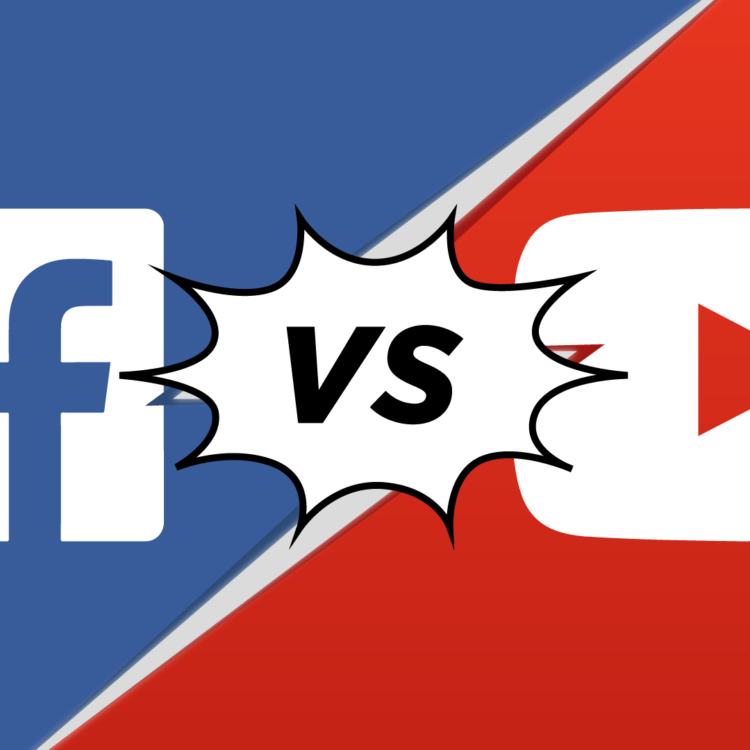Understanding Aspect Ratios In Video Production: A Comprehensive Guide
Whether you’re working in-house as a marketer, or you’re an agency tasked with creating video content for clients, it’s important to have a solid grasp on the technicalities of producing high-quality videos.
And one of the biggest factors that can make or break the success of your video is the aspect ratio.
In this article, we’re going to dive deep into aspect ratios – what they are, why they matter and why it’s crucial for clients to consider them when planning their video projects.
We’ll also look at some of the most common aspect ratios used in the industry, so you’ll be armed with all the knowledge you need to brief in video projects that will be highly effective on any platform.
What is aspect ratio?
Aspect ratio refers to the proportion between the width and height of a video or image. You’ll often see it expressed as two numbers separated by a colon, like 16:9 – the first number represents the width, and the second number represents the height.
Now, you might be thinking, “why does aspect ratio even matter?” Well, it’s significantly important because it can impact everything from the overall visual layout of your content to how it appears on different platforms.
So, whether you’re creating videos for social media, a website, or even a cinema screen, understanding aspect ratio is key to making sure your content looks amazing and is easily digestible for your audience.
What are the most common aspect ratios and where are they used?
16:9 – this is the standard aspect ratio for most modern screens and is widely used in video production. It’s the recommended aspect ratio for most social media platforms, including YouTube, Facebook, and Instagram.
9:16 – is a vertical aspect ratio that is commonly used for creating content in portrait mode for mobile devices, which is how people naturally hold their phones. It’s especially popular for social media platforms like Instagram, TikTok and Snapchat.
4:3 – this aspect ratio was common in older televisions and is still used in some video production applications such as live streaming and webinars.
1:1 – is a square aspect ratio used primarily in social media platforms such as Instagram and Facebook.
2.35:1 – also known as the CinemaScope aspect ratio, it is commonly used in film production to create a cinematic feel.

How does aspect ratio impact video success?
When it comes to video success, aspect ratio is a major player. In fact, choosing the right aspect ratio can have a huge impact on the viewing experience, engagement levels and overall impact of your video.
So, let’s take a closer look at some of the ways aspect ratio can make or break the success of your video content:
Viewability
This refers to how easily and seamlessly your video can be viewed across various devices and platforms. It is therefore essential to adhere to the aspect ratio requirements of different devices and platforms to avoid distorted or awkward-looking videos.
By selecting the right aspect ratio, you can ensure that your video content appears visually appealing and is viewable on all devices and platforms.
Engagement
Believe it or not, the aspect ratio of your video can impact viewer engagement. Certain aspect ratios can create a more immersive viewing experience, drawing your audience in and keeping them engaged from start to finish.
And as we all know, higher engagement can lead to higher conversion rates.
Aesthetics
Finally, aspect ratio can have a big impact on the overall aesthetic appeal of your video content. Choosing the right aspect ratio can help you achieve a specific look or mood, making your video more visually appealing and memorable.
So, whether you’re going for a cinematic widescreen look or a more intimate square aspect ratio, the right choice can really elevate your video content to the next level.
Why is aspect ratio important for clients to consider when planning video projects?
When it comes to planning video projects, aspect ratio is a key consideration that can make or break the success of your content.
Choosing the wrong aspect ratio can result in a suboptimal viewing experience, lower engagement, and ultimately, lower ROI. That’s why it’s crucial to consider aspect ratio during the planning phase of your video projects.
By doing so, you can ensure that content creation is planned accordingly, rather than awkwardly trying to retrofit graphics and footage to different aspect ratios later. This approach helps ensure that your videos are optimised for maximum impact across all social platforms and devices from the get-go.
So, if you want to make sure your video content is hitting all the right notes with your audience, paying attention to aspect ratio is an absolute must.
To sum it all up
Aspect ratio is an absolute game-changer when it comes to video production. It’s a critical component that you simply can’t afford to overlook when planning your video projects.
The right aspect ratio can make all the difference – enhancing the viewing experience, increasing engagement, and ultimately leading to higher ROI.
But to achieve these results, it’s essential to carefully consider aspect ratio and select the appropriate one for each platform and device. By doing so, you can ensure your videos are optimised for maximum impact and success.
So if you want to take your video content to the next level, be sure to give aspect ratio the attention it deserves. Trust us, your audience will thank you for it.
To find out more about the video, animation, photography and graphic design services Dead Ready Productions can offer your business, please feel free to get in touch via the button below or by calling +44 (0)208 339 6139.



